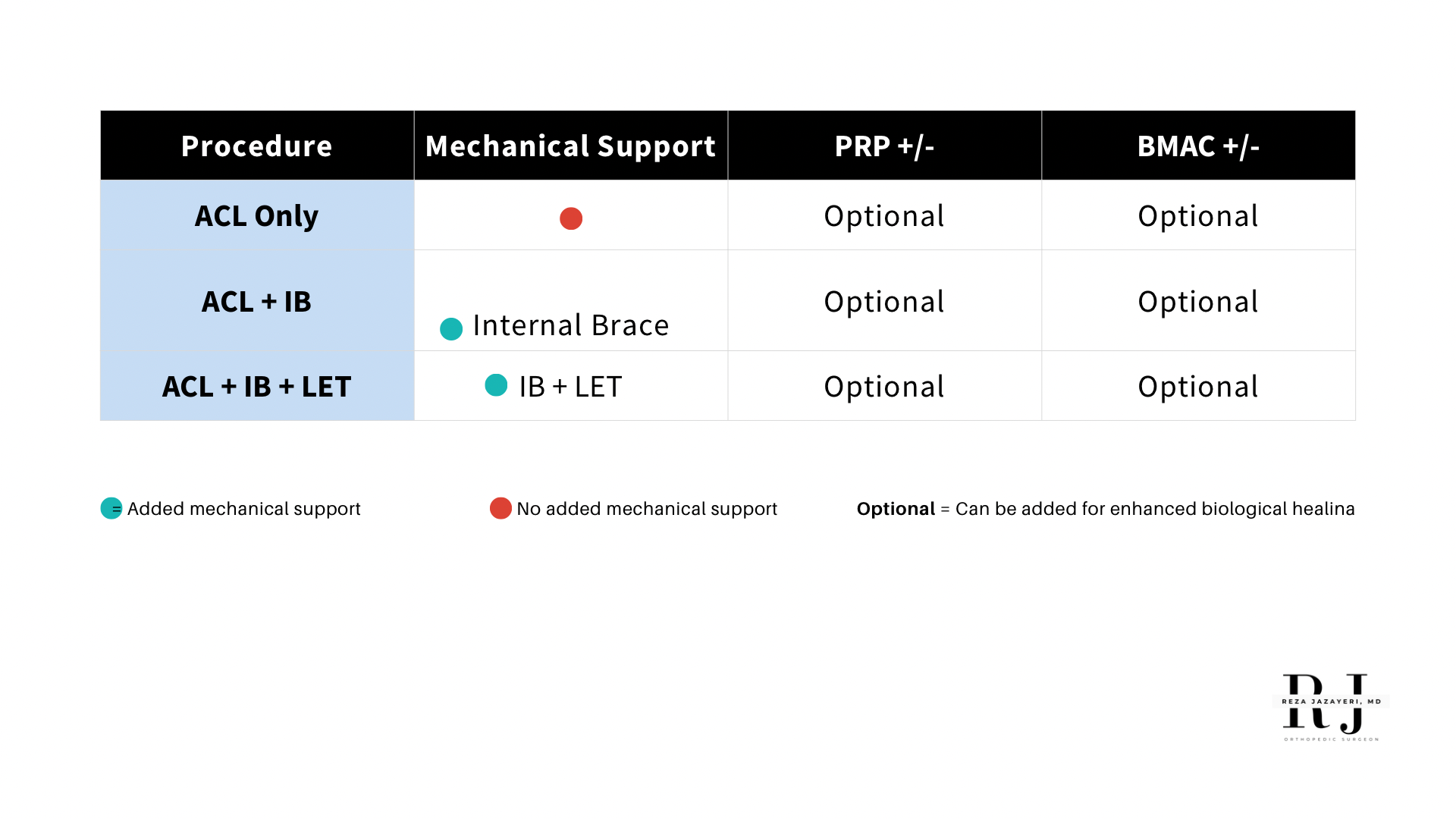
ACL Tears
A Comprehensive Overview of Treatment Options
What is an ACL Tear?
The anterior cruciate ligament (ACL) is a critical structure in your knee that provides stability during pivoting, cutting, and dynamic movement. ACL injuries typically occur during sports, sudden stops, or twisting motions. They can range from partial tears to complete ruptures, and if left untreated, may result in joint instability, difficulty with activity, and long-term cartilage damage.
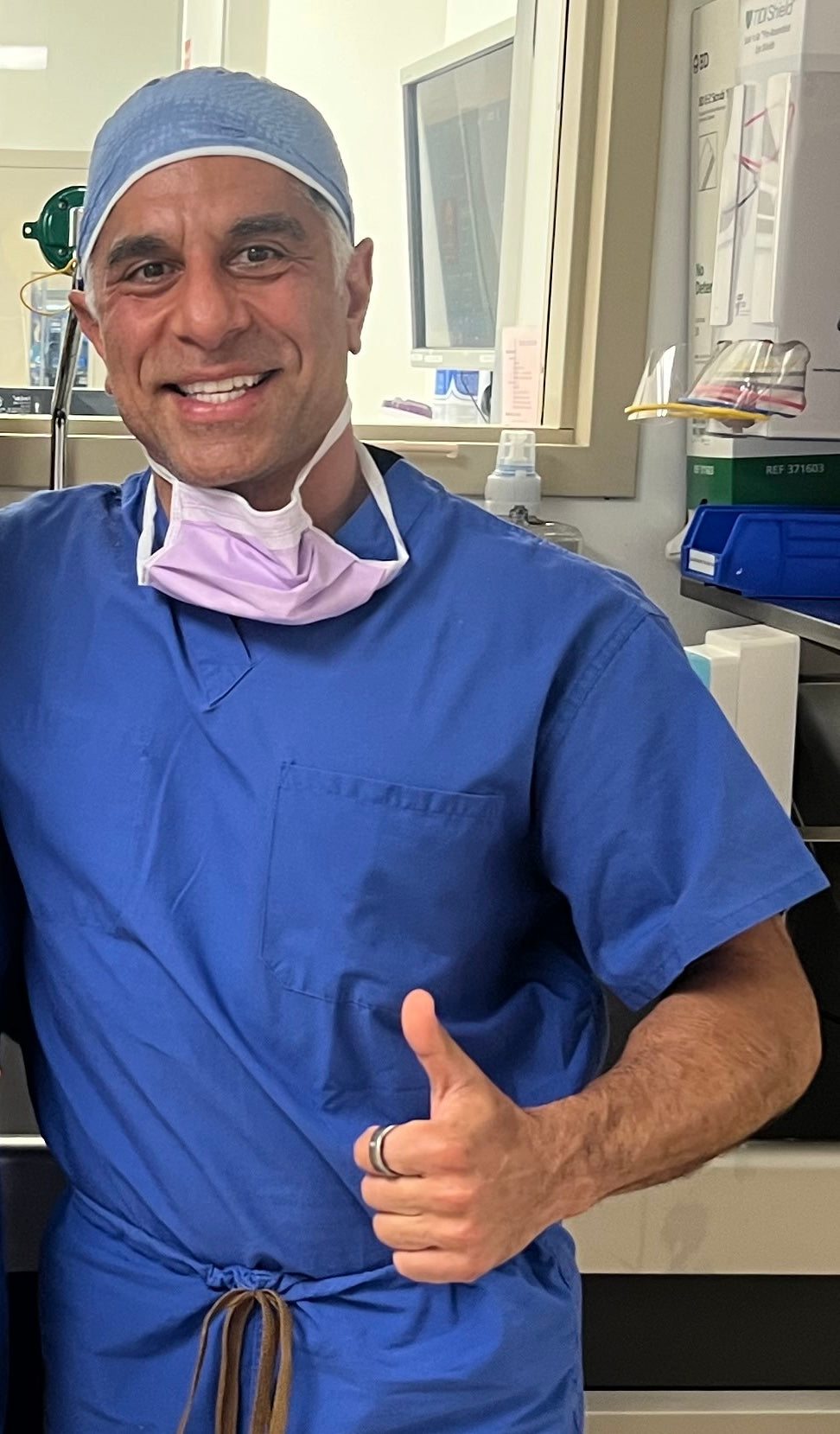
Dr. Jazayeri’s Personalized Approach to ACL Injuries
Each ACL tear presents uniquely in its pattern, and therefore, treatment is customized to address the specific characteristics of each individual case.
Dr. Jazayeri’s approach centers on preserving the native ACL whenever possible. Each patient is evaluated holistically—taking into account their build, anatomy, sport, position, timing in the season (or life), and the exact injury pattern. No two athletes or injuries are the same, and treatment recommendations are tailored accordingly.
Whenever feasible, a preservation-first philosophy is applied, utilizing a combination of advanced surgical techniques, biologic augmentation, and rehabilitation protocols to promote healing and expedite safe return to activity.
Treatment Options:
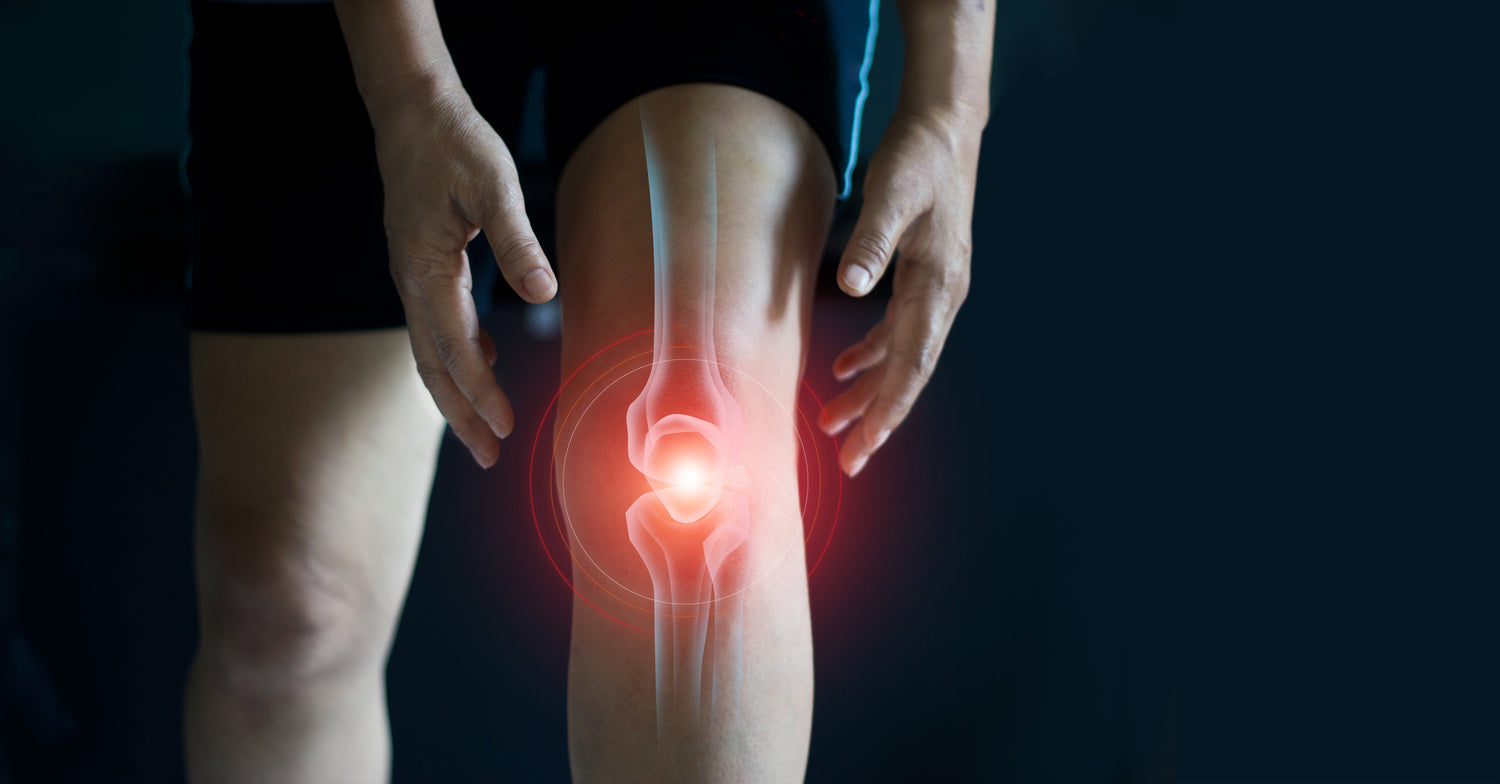
1. Non-Operative Management (for Partial or Low-Grade Tears)
Some partial ACL tears—especially low-grade or functionally stable injuries—may not require surgery. Select patients may benefit from a comprehensive non-operative treatment plan, which includes:
- Tailored physical therapy
- ACL specific knee bracing
- Orthobiologic therapy using Bone Marrow Aspirate Concentrate (BMAC), derived from the patient’s iliac crest, which provides mesenchymal stem cells to support biologic healing
This approach is ideal for those who maintain good functional stability and are motivated to engage in a structured rehabilitation program.
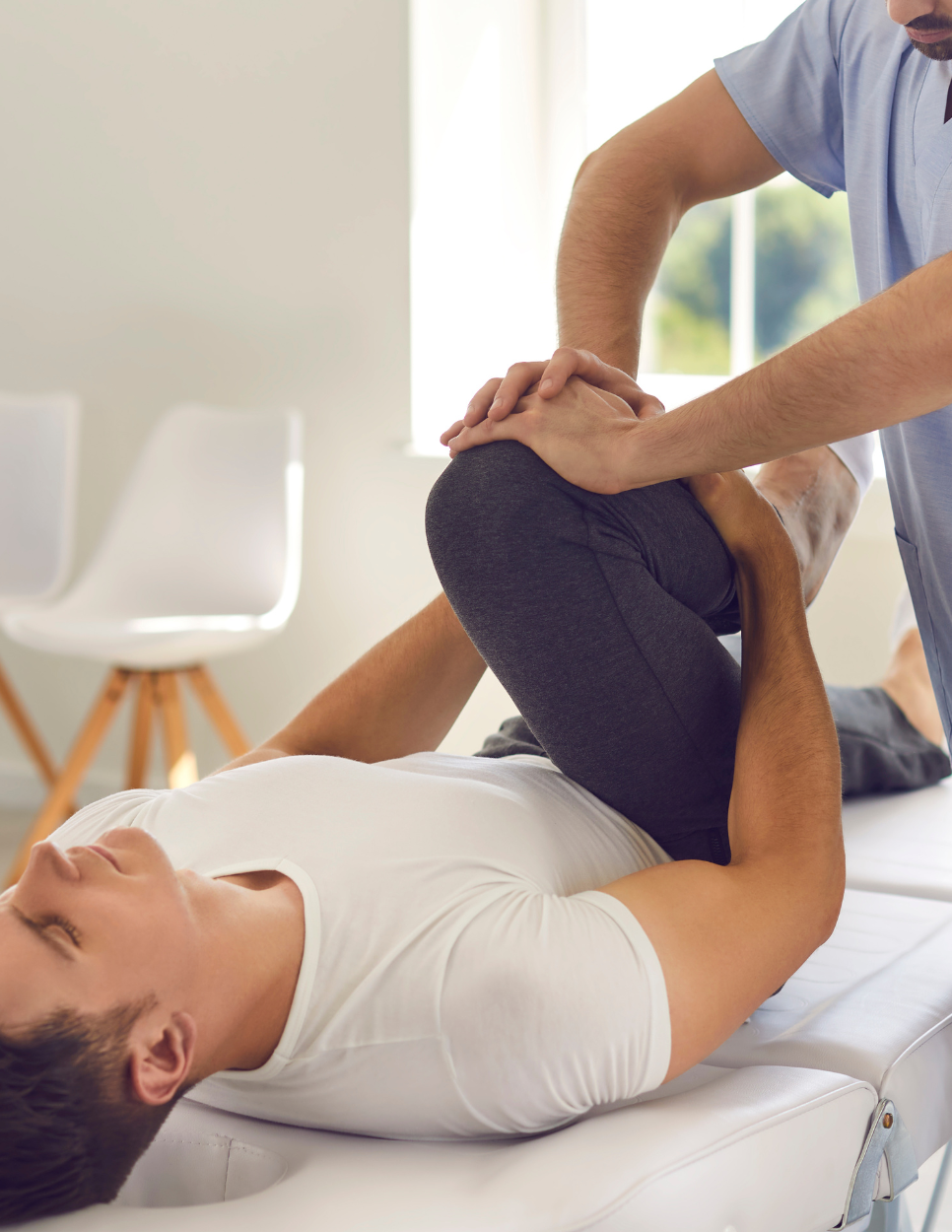
2. ACL Repair (When Feasible)
For ACL tears located near the ligament’s bony attachment (proximal), where the tissue is most amenable to healing, ACL repair is a viable option that allows preservation of the native ligament.
Key Benefits of ACL Repair:
- Maintains your natural ligament, preserving proprioceptive fibers
- No need for graft harvesting (reduces donor site pain)
- Avoids full bone tunnel drilling
- Less postoperative pain
- Faster recovery (return to sport in ~6 months)
Mechanical and Biologic Augmentation of ACL Repair:
-
Mechanical Support Options:
- Internal Brace: A suture tape reinforcement that acts like a seatbelt for the healing ligament
- BioBrace™: A collagen scaffold that provides mechanical load sharing while encouraging native tissue regeneration
-
Biologic Support Options:
- BMAC (Bone Marrow Aspirate Concentrate): Autologous stem cells and growth factors harvested from the pelvis to accelerate ligament healing.
- BEAR® Implant (Bridge-Enhanced ACL Repair): A collagen scaffold that bridges the torn ends of the ACL, using the patient’s blood to promote biologic healing, best for proximal tears
- Allograft augmentation: May be considered as a biologic scaffold in select cases.
All these options are discussed with the patient in a shared decision-making process, ensuring the plan is aligned with the individual's goals, activity level, and expectations.
Watch: ACL Primary Repair Using the TightRope® RT Implant With InternalBrace™ Ligament Augmentation
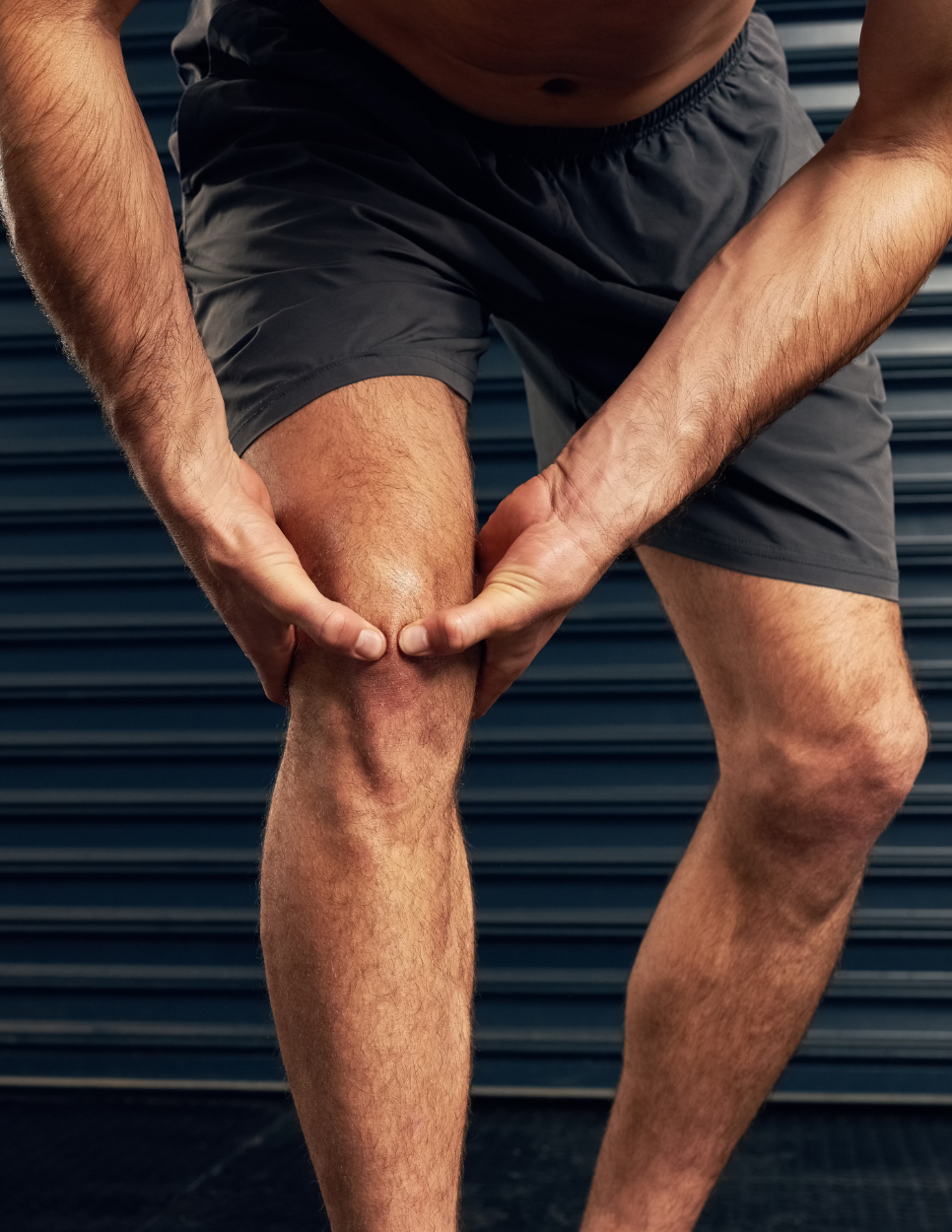
3. ACL Reconstruction (Gold Standard)
For complete ACL tears, midsubstance ruptures, or tissue that is not repairable, ACL reconstruction remains the gold standard, especially in young, active individuals and athletes.
-
Dr. Jazayeri’s “All-Inside” Minimally Invasive ACL Reconstruction Technique:
- Utilizes precisely placed anatomic sockets within the native ACL footprint, preserving native bone and maximizing proprioception
- Avoids traditional full tunnel drilling, resulting in:
- Less postoperative pain
- Bone preservation
- Improved graft placement and function
- Performed using small arthroscopic incisions with a focus on minimally invasive surgery
-
Graft Options:
- Autografts (preferred for patients under 35 and athletes)
- Quadriceps tendon (Dr. Jazayeri’s graft of choice)
- Patellar tendon
- Hamstring tendon
- Allografts (cadaver tissue; considered for patients >35 or lower-demand patients)
Autografts have consistently shown lower retear rates in younger, athletic populations. Dr. Jazayeri favors the quadriceps tendon autograft, taken via a minimally invasive arthroscopically assisted 3cm incision from the operative leg.
-
Augmentation for ACL Reconstruction:
- Internal Brace and BioBrace™ can be added for enhanced mechanical support and biologic healing.
- In high-risk cases (e.g., athletes, revisions), BMAC may be used to enhance graft incorporation and healing at the bone-ligament interface.
-
Recovery:
- Return to sports typically in 9–12 months, depending on sport, graft choice, and patient-specific healing.
Watch: All-Inside ACL Reconstruction with Arthrex® GraftLink®
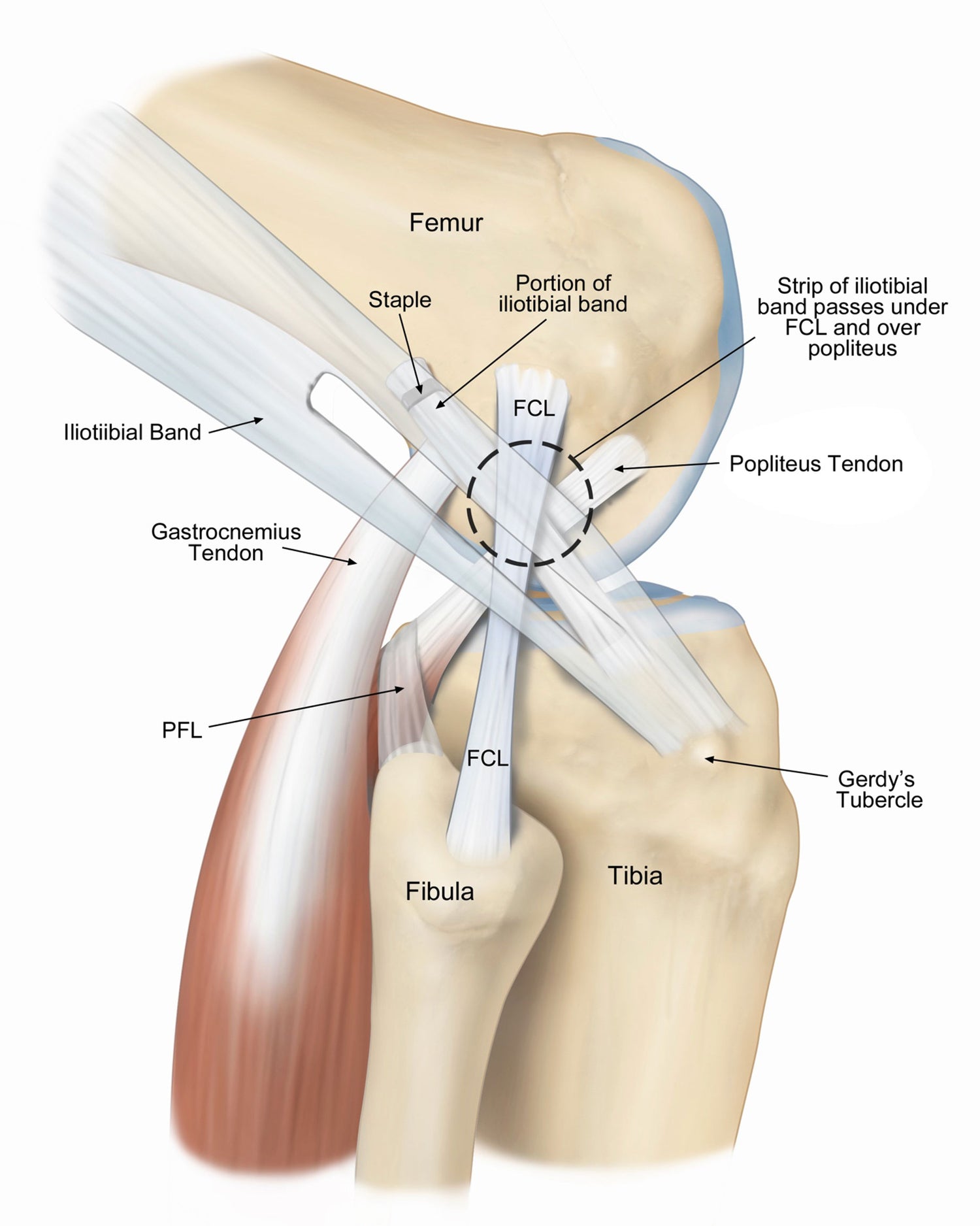
4. Lateral Extra-Articular Tenodesis (LET):
In select patients, Dr. Jazayeri may perform a (LET), a procedure that enhances rotational knee stability by using part of the iliotibial band (ITB) to reinforce the ACL.
-
Ideal Candidates for LET:
- High-level cutting or pivoting athletes
Individuals at high risk of retear (e.g., young athletes, hyperlaxity) - Revision ACL cases
- ACL Repair
- High-level cutting or pivoting athletes
-
Benefits:
- Additional "seatbelt" protection for the ACL
- Performed through a small incision (~5cm)
- Does not delay recovery time
- Highly effective in reducing re-injury rates
Watch: Iliotibial Band Tenodesis Using the FiberStaple™ Technique
Watch: BioACL™ Technique
ACL Procedure Options:
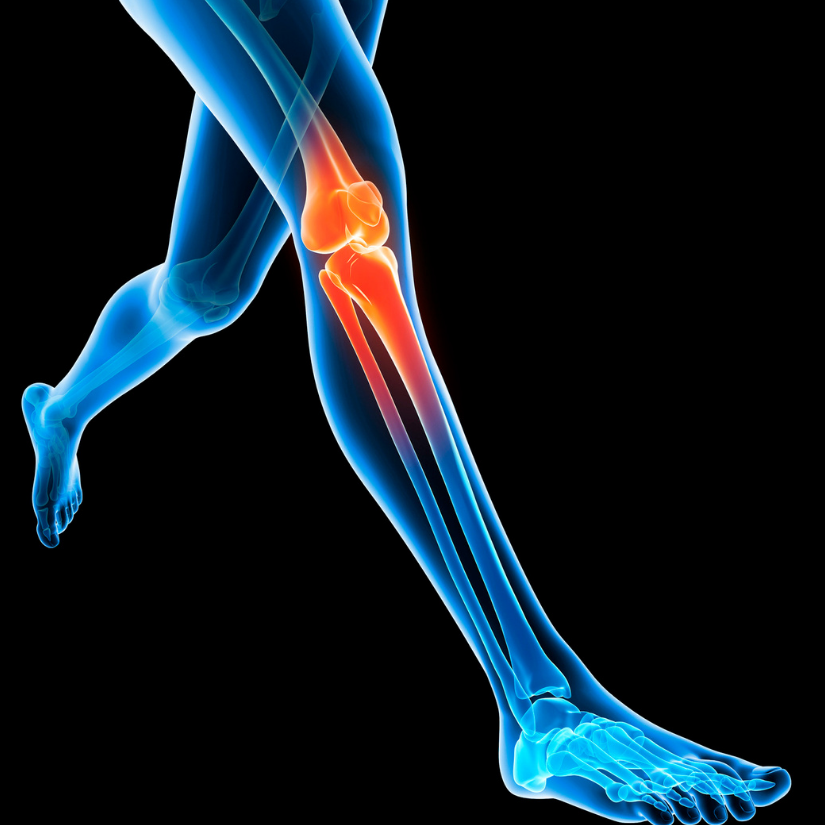
Bio-Fertilization™ Technique: Biologically Optimized ACL
A modern, comprehensive protocol to enhance outcomes and accelerate return to play.
Bio-Fertilization™ includes:
-
1. Preoperative Optimization
- Metabolic evaluation with blood markers
- Prehabilitation exercises
- Personalized dietary planning
- Targeted amino acid supplementation
-
2. Surgical Precision
- Ligament repair or reconstruction using an all-inside technique
- Use of biologic and mechanical augmentation (BioACL, BioBrace, BMAC, Internal Brace)
- Bio ACL
-
3. Postoperative Recovery
- Personalized rehabilitation protocols initiated immediately post-op
- Integration of MyHealthTrack, a digital rehab platform
- In-person physical therapy customized to your tear pattern, graft type, and intraoperative findings
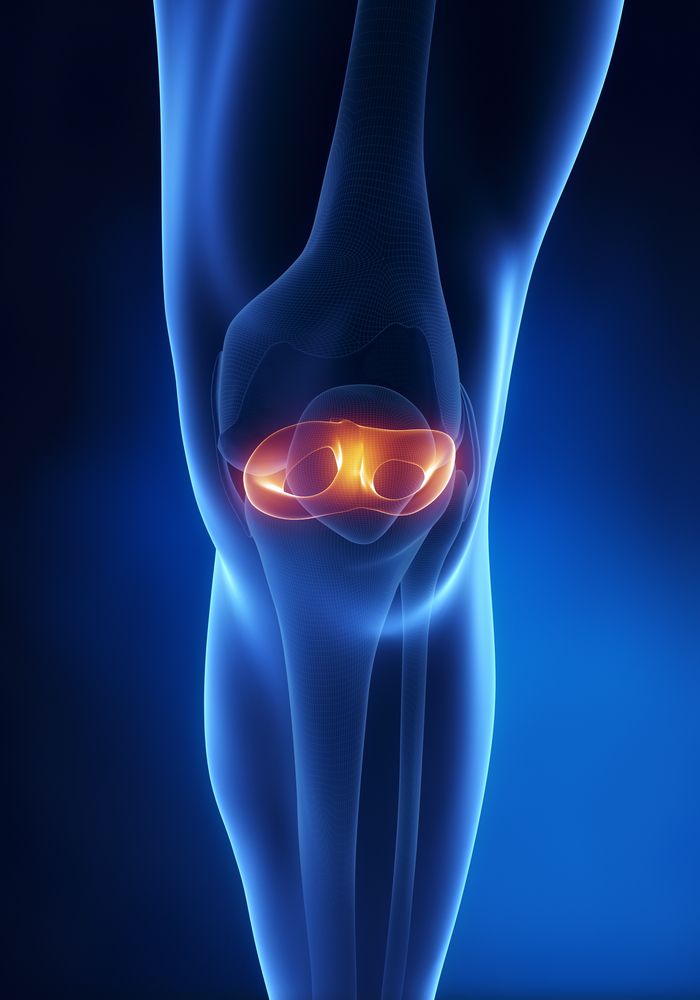
patient resource
ACL RECONSTRUCTION POST OPERATIVE PATIENT INSTRUCTIONS CLICK HERE
What to expect with your ACL surgery.

evaluation
What Happens Next?
Whether you're a high school athlete, weekend warrior, or professional competitor, Dr. Jazayeri will guide you through your options using a personalized, evidence-based, and patient-first approach. You'll receive a plan tailored to your anatomy, sport, goals, and injury characteristics.
Key Takeaway:
- ACL reconstruction remains the most common and effective solution for complete ACL tears.
- ACL repair, when feasible, offers an exciting option for certain tear patterns—especially when biologically and mechanically augmented.
- Non-operative strategies may be appropriate for select partial tears, especially when supported by orthobiologics.
- Advanced augmentation techniques (BioBrace, BEAR, Internal Brace, BMAC) are enhancing outcomes across the board.
- Dr. Jazayeri’s BOAT protocol ensures every patient is metabolically, surgically, and rehabilitatively optimized for the best possible recovery.

Contact us
If you have questions or concerns, please don’t hesitate to ask Dr. Jazayeri or the care team: (855) 892-0919
Our goal is to relieve your pain, restore knee function, and help you return to the activities you love, safely and successfully.

